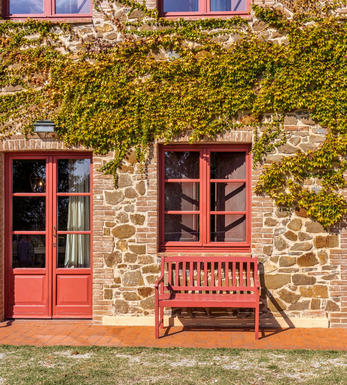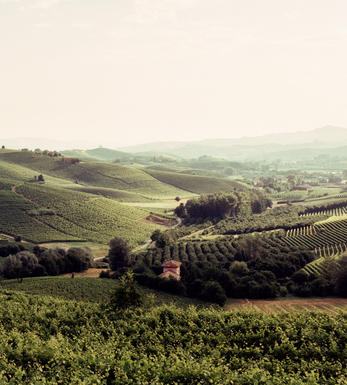
2015 Brunello di Montalcino, Casanovina Montosoli, Le Ragnaie, Tuscany, Italy

About this WINE

Azienda Agricola Le Ragnaie
Le Ragnaie is a relative newcomer to the region. It was established by husband and wife Riccardo and Jennifer Campinoti in 2002, when they bought a small podere that had made wine on a small scale since 1991. From 2006 they started to add carefully selected plots of vines across three distinctly different zones of Montalcino.
Le Ragnaie itself is in the centre of the region at its highest point, lying at close to 550m above sea level. Vineyards here are south-facing. Petroso is one of the oldest wine-making zones lying below Montalcino village, and Castelnuovo dell’Abate lies even further south, facing Monte Amiata guarding the south-eastern border of the region. In 2015 a new vineyard was added to their collection, this time to the north of the town of Montalcino, in the famed and highly sought-after vineyard of Montosoli, now officially recognised as a single cru. Their vineyards are managed organically.
Today the estate covers 15 hectares of vines, and with such diverse terroirs the estate has chosen to follow a philosophy of allowing each plot to express its own individual identity. Six Brunelli are produced, one a blend combining fruit from all four distinct zones, with five others each the fruit of a single cru. All are traditionally made, with fermentation and extended maceration in concrete vats, followed by ageing for 36 months in large Slavonian oak casks.
Riccardo’s gentle approach to winemaking, inspired by his love of Burgundy, gives their wines a charm and accessibility that belies their subtle power, allied to a vitality, freshness and precision born of the fruit from some of the region’s highest and coolest vineyards.
A property to watch… and follow!

Barolo
Located due south of Alba and the River Tanaro, Barolo is Piedmont's most famous wine DOCG (Denominazione di Origine Controllata e Garantita), renowned for producing Italy's finest red wines from 100 percent Nebbiolo.
Its red wines were originally sweet, but in 1840 the then extant Italian monarchy, the House of Savoy, ordered them to be altered to a dry style. This project was realised by French oenologist Louis Oudart, whose experience with Pinot Noir had convinced him of Nebbiolo's potential. The Barolo appellation was formalised in 1966 at around 1,700 hectares – only a tenth of the size of Burgundy, but almost three times as big as neighbouring Barbaresco.
Upgraded to DOCG status in 1980, Barolo comprises two distinct soil types: the first is a Tortonian sandy marl that produces a more feminine style of wine and can be found in the villages of Barolo, La Morra, Cherasco, Verduno, Novello, Roddi and parts of Castiglione Falletto. The second is the older Helvetian sandstone clay that bestows the wines with a more muscular style. This can be found in Monforte d'Alba, Serralunga d'Alba, Diano d'Alba, Grinzane Cavour and the other parts of Castiglione Falletto. Made today from the Nebbiolo clones Lampia, Michet and Rosé, Barolo has an exceptional terroir with almost every village perched on its own hill. The climate is continental, with an extended summer and autumn enabling the fickle Nebbiolo to achieve perfect ripeness.
Inspired by the success of modernists such as Elio Altare, there has been pressure in recent years to reduce the ageing requirements for Barolo; this has mostly been driven by new producers to the region, often with no Piedmontese viticultural heritage and armed with their roto-fermenters and barriques, intent on making a fruitier, more modern style of wine.
This modern style arguably appeals more to the important American market and its scribes, but the traditionalists continue to argue in favour of making Barolo in the classic way. They make the wine in a mix of epoxy-lined cement or stainless-steel cuves, followed by extended ageing in 25-hectoliter Slavonian botte (barrels) to gently soften and integrate the tannins. However, even amongst the traditionalists there has been a move, since the mid-1990s, towards using physiologically (rather than polyphenolically) riper fruit, aided by global warming. Both modernist and traditional schools can produce exceptional or disappointing wines.
Recommended traditionalist producers:
Giacomo Borgogno, Giacomo Conterno, Bruno Giacosa, Elio Grasso, Marcarini, Bartolo Mascarello and Giuseppe Mascarello.
Recommended nmdernist producers:
Azelia, Aldo Conterno, Luciano Sandrone, Paolo Scavino and Roberto Voerzio

Sangiovese
A black grape widely grown in Central Italy and the main component of Chianti and Vino Nobile di Montepulciano as well as being the sole permitted grape for the famed Brunello di Montalcino.
It is a high yielding, late ripening grape that performs best on well-drained calcareous soils on south-facing hillsides. For years it was blighted by poor clonal selection and massive overcropping - however since the 1980s the quality of Sangiovese-based wines has rocketed upwards and they are now some of the most sought after in the world.
It produces wines with pronounced tannins and acidity, though not always with great depth of colour, and its character can vary from farmyard/leather nuances through to essence of red cherries and plums. In the 1960s the advent of Super Tuscans saw bottlings of 100% Sangiovese wines, as well as the introduction of Sangiovese/Cabernet Sauvignon blends, the most famous being Tignanello.


Buying options
Add to wishlist
wine at a glance
Delivery and quality guarantee